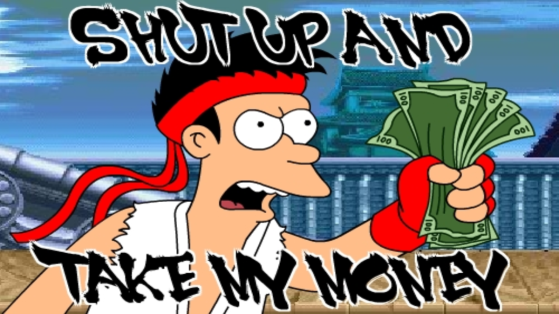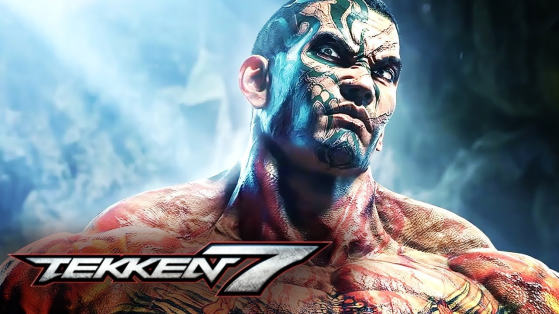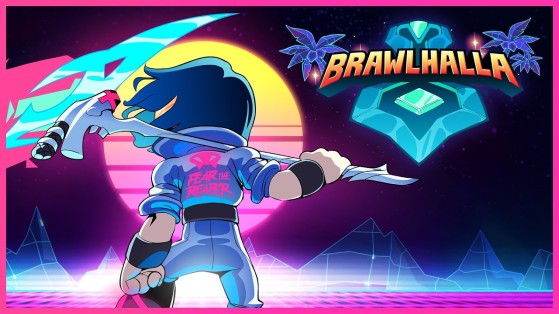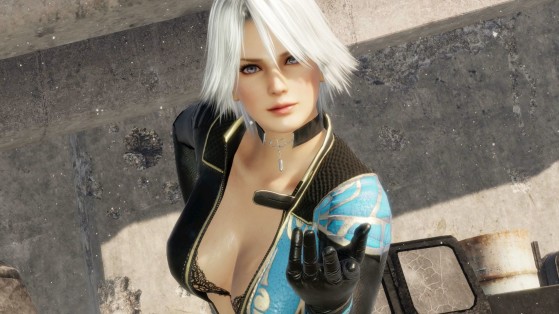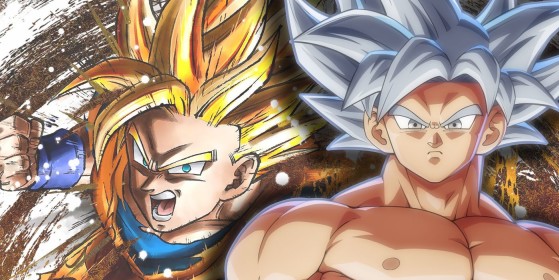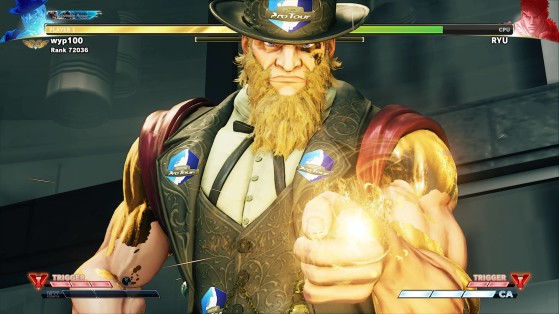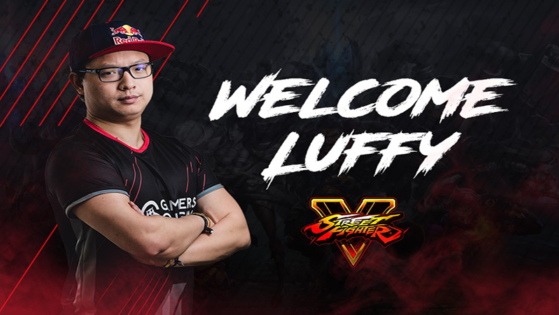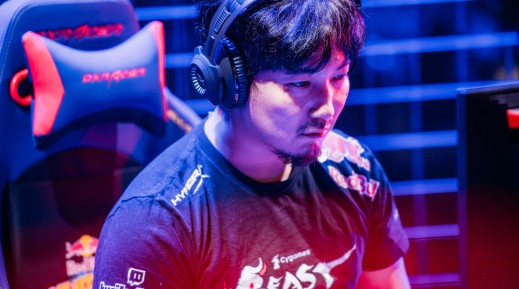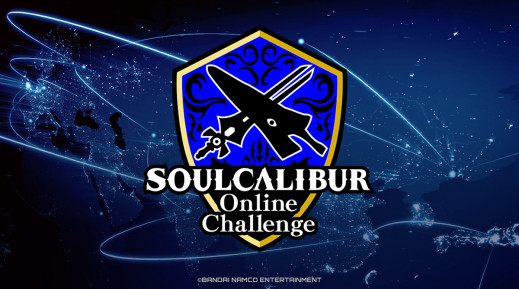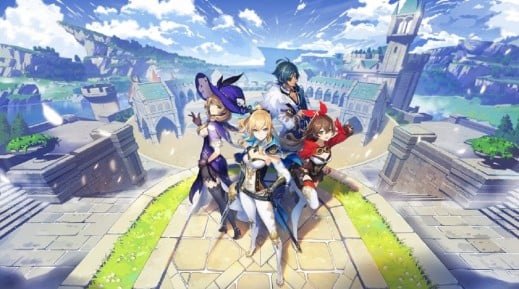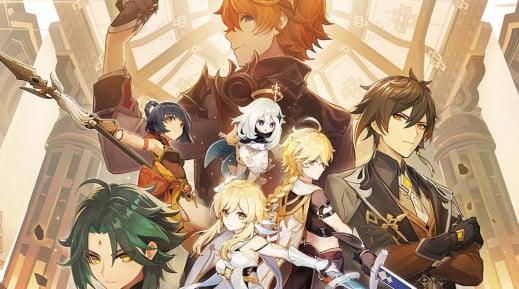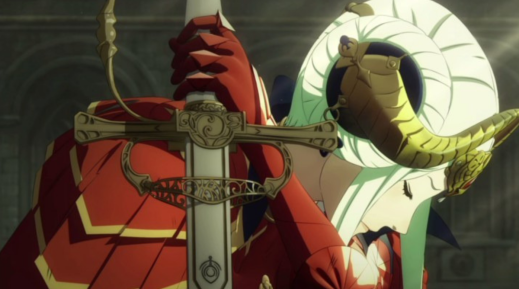In the current landscape, most Fighting Games rely on a financial model consisting of a one-time purchase followed by a Season Pass – which quickly follows a game’s release in some cases – typically containing new characters, or even new skins, stages or music tracks. The price of a Season Pass generally ranges from $40-50, with the more expensive option featuring between four to six characters in most cases. Players can still buy any characters that catch their eye individually whenever they wish, typically for a cost of $7-8, which is more or less the same price as a 975RP champion in League of Legends. And even if some players might find themselves put off by the sheer price of a Season Pass, buying DLC characters individually isn’t necessarily that much more expensive, though it should be said that economically, the Season Pass is always the better choice.
The main issue players have with this system rears its ugly head when a player who wants to improve decides to try and learn a match-up against a DLC character in training mode. In order to do this, they will need to have already bought all the characters in the game, otherwise they’ll run into this glass ceiling sooner or later – that being the fact that are unable to practice against characters they don’t own. This isn’t too significant if the player is only missing a few characters, but it quickly becomes a real problem once DLC characters start to pile up. This feeling is compounded by the fact that new characters tend to be extremely powerful, as can be seen with Tekken 7’s Fahkumram and Dragonball FighterZ’s Goku (Ultra Instinct), making them almost essential purchases if you want to get better at the game. These characters proved to be the tipping point and opened the floodgates on whether it’s fair for players who want to improve to have to spend money on a buying new, top-tier character just to learn how to play against them.
Financial Models from Yesteryear
This reliance on Season Passes wasn’t always the norm for Fighting Games, especially during the arcade era. Due to technical limitations at the time, games like Street Fighter were released in an un-patched state and remained that way, meaning that a player was either forced to adapt or made to wait for the next game in the series. And games weren’t necessarily cheaper during that time either: Street Fighter II: The World Warrior cart on the Super NES would’ve set you back a good $69.99 at the time – just under $130 in today’s money. 18 months after release, a new version of the game hit the shops, giving players the ability to play as the 4 bosses. Given that updating the original version of the game was impossible, anyone who wanted to play the new characters had to buy another full-priced game, otherwise they simply wouldn’t be able to try them out. A year after that, Capcom released another version, this time with 4 new characters and character balance changes, and later capped that off with one last version 11 months later, introducing Super Arts for the first time.
Between the summer of ’92 and November of 1994, a player could have spent just under $300 on the latest version of Street Fighter II, without taking inflation into account. In actuality, there were in fact actually more versions of the game than just the four major releases. Some consoles received exclusive carts with minor bug fixes, meaning that if you really wanted to have every version of the game, you even had to pick up different consoles to do so. This figure is actually higher than what a player in the present day would have spent on SFV Season Passes if they’d been playing since launch – though it should be said that might not ring true if they’ve invested in cosmetics as well.
While other Fighting Game series have dabbled with this model, Street Fighter is in a League of their own when it comes to putting out updated versions of the same game. The Guilty Gear series has put out several games in this model, most notably Guilty Gear X2, which had several different versions, though the majority of Guilty Gear games have been singular releases. The same also goes for Tekken, King of Fighters, Mortal Kombat, and Smash: all series which are not reliant on releasing new versions of the same game – even if KoF has experimented with releasing updated versions a year later on some consoles. KoF 98 on Playstation and KoF 99 (The King of Fighters: Dream Match 1999) on Dreamcast are the same game, except the Dreamcast version of the game was released a year later and features 3d backgrounds that have no impact on gameplay. Currently, most games in the genre use Season Passes, even if some attempt to innovate on the formula.
At a Crossroads
Brawlhalla, for instance, is 100% free – even you chose not to buy a single character. Thanks to a regularly updated free rotation of characters that can be bought with in-game currency, even the stingiest of players can fill out their playable roster provided they put enough time into the game. The only thing that you can’t buy with in-game currency is the cosmetics – and there sure are a whole lot of them: Outfits, Avatars, Knockout Effects, Victory Poses, and so on and so forth. The sheer number of options available means that players can pick and choose their favourite, providing the game with a steady source of income since it was first released as an Early Access title in 2014.
Brawlhalla, for instance, is 100% free – even you chose not to buy a single character. Thanks to a regularly updated free rotation of characters that can be bought with in-game currency, even the stingiest of players can fill out their playable roster provided they put enough time into the game. The only thing that you can’t buy with in-game currency is the cosmetics – and there sure are a whole lot of them: Outfits, Avatars, Knockout Effects, Victory Poses, and so on and so forth. The sheer number of options available means that players can pick and choose their favourite, providing the game with a steady source of income since it was first released as an Early Access title in 2014.
In addition to being free-to-play, Brawlhalla has tried to draw in new players through a range of crossovers with other series, resulting in some characters being able to sport skins inspired by the WWE, Hellboy, Adventure Time, and Steven Universe, while a crossover with Rayman resulted in the Ubisoft mascot being added to the roster as a playable character. These sorts of crossovers with other IPs are nothing new in Fighting Games and their impact on the genre would be an interesting point of discussion itself. Regardless, Brawlhalla suffers insofar as its mechanics bare a heavy similarity to the Smash Bros. series, and despite significant opposition from a community that is readily trying to establish itself as a legitimate player in the esports landscape, some have even taken the stance that the title is just an American copy of the Nintendo IP, given that the only way to win a round is by knocking your opponent off-screen.
However, when you consider that Brawlhalla is available on Switch and pair that with the knowledge that Nintendo isn’t particularly fond of copycat titles, it’s not unreasonable to suggest that while both games might appear similar at first glance, in reality they have about as much in common to one another as a Guilty Gear game does to a Street Fighter title. The fact that Brawlhalla has managed to draw in more than 20 million downloads over its lifetime lends suit to the possibility that its unique financial model may well prove to be a suitable alternative to the current trend of retail releases and Season Passes, especially when you consider the fact that Smash Ultimate, the highest-selling fighting game in the world by comparison, only managed to surpass the 15.7 million sales mark in 2019.
Brawlhalla certainly isn’t the first game of its genre to try its hand at a free-to-play model. Dead or Alive 6 also tried something similar, but opted for a different approach, letting players start out with four different characters and offering them the chance to either buy the rest of the roster individually, or simply purchase the game outright. DoA 6 also boasts a wealth of costumes as well as four different Season Passes. With three new exclusive characters, more than 200 costumes, and numerous additional music tracks split unevenly between the passes, DoA 6 puts a real toll on its players to the sum of $89…per pass. This price might come as quite a shock when compared with the other Season Passes on offer, ones that don’t necessarily offer new costumes and instead sell themselves on offering new characters. However, the target market for DoA’s Season Passes seems to be collectors, players striving to own everything game has to offer, rather than your average player, who will still have the opportunity of buying each character individually for the price of around $6-8 – a price that has quickly become the norm in Fighting Games. In a similar vein, each costume can be bought individually at around $2-3 per costume, and music can also be bought separately.
A lack of communication from the developers combined with a general unfamiliarity with this new take on a tried and tested formula resulted in the game being brandished with a shady reputation. The average player was unable to navigate this new system and grasp the fact that its Season Passes were instead targeting a very niche audience – unless they themselves wanted to collect all of the game’s collectables of course – even though the total cost of all four Season Passes came out to be not that much higher than the average Fighting Game – provided you avoided buying any new cosmetics. On the other hand, the game remains far from free-to-play, as unlike in Brawlhalla, you aren’t able to take characters you haven’t bought into training mode (even if you can play as them in some game modes), so anyone looking to learn new matchups will quickly find themselves reaching for their chequebook. It should be said that Dead or Alive 6 is nowhere near as generous as Brawlhalla when it comes to players who don’t spend any money. Brawlhalla remains a shining example amongst its contemporaries, as you still can’t train with or against locked characters in the majority of other Fighting Games. For the moment, it seems that this financial model is a good match for a game like DoA 6, but given that fact it was still only released recently, in March 2019, the jury’s still out on whether it’ll turn out to be profitable or not.
Alternative Solutions
Stepping away from the free-to-play model for a moment, in-game advertisements may prove to be another way of reducing a game’s financial burden on its players. Capcom has already tried it in Street Fighter V as a way of advertising in-game events during loading screens and on some stages. Players who put on costumes emblazoned with in-game ads earned more Fight Money than usual after completing a match. These adverts, however, have always been related to in-game content or SFV’s competitive circuit, with no external brand ever being directly added into the game. At the time, the community didn’t necessarily react warmly to this new feature, and while it has never been particularly intrusive when it comes to alerting players about in-game events, players immediately expressed concerns that it would be used as a way to market brands directly at the game’s playerbase, going as far as to publicly decry any possible scenarios that might result in such an outcome. Capcom never really ventured down that road, but it did still introduce an in-game partnership with Pocky, or Mikado, in 2019 known as the Pocky Challenge, where players competed to KO their adversary whilst their opponent’s health bar resembled the chocolate to biscuit ratio of the brand’s product. Players with the most stylish K.O.s not only received a prize, but also saw their replay casted by an official in-game commentator and shown at Capcom Cup.
The community ultimately turned out to be quite receptive to this challenge, or at least receptive enough for Capcom to release a Pocky Challenge package exclusively in North America. This challenge was later replicated in 2020, though it was only available in six countries: Japan, the Philippines, Vietnam, Indonesia, Singapore, and the US. This partnership appeared to have influenced Capcom moving forward, as a non-intrusive partnership doesn’t necessarily drive players away. The Street Fighter developers would strike a deal with an automobile manufacturer to show off their vehicle in a bonus stage – a direct reference to the iconic level in Street Fighter II. However this time round, instead of destroying a car completely (after all, having your players break the product in question isn’t necessarily the best way of marketing it, is it?), the car is now indestructible and players are instead tasked with racking up combos using a scoring system borrowed directly from Devil May Cry, itself another Capcom IP. The possibilities are endless, but they must benefit the average player. If this allows the developer to charge less for the content it puts out, players may react warmly to it, but if it fails to bring them any advantages, then it’s unlikely that they’ll react favourably to any external parternships. Sponsorships for the Capcom Pro Tour have also popped up in the backgrounds of certain stages, but as these sorts of advertisements serve to promote a professional circuit rather than the game itself, it’s unlikely that they’d be considered a viable alternative to the current financial model most game in the genre employ.
Players have also expressed a desire to – at the very least – have the ability to try out any new characters in training mode, to learn what they do and how to fight against them, without being forced to buy them first. However, for developers, any time a player elects to hold off on buying a Season Pass counts as a lost sale for any developers who have chosen not to flood their game with costumes and cosmetic features – a loss that can’t currently be recuperated elsewhere. Despite everything you might believe, behind every new character and balance patches is a team of developers who need to be paid for their work. Taking a step back, it’s hard to say whether making such a change is in the best interests for the developers themselves.
Developers have continued to focus on certain player demographics when deciding on their economic model. This can be seen with Street Fighter V’s different versions, which offered new players a great opportunity to get involved with the game and get immediate access to all the game’s characters, all for the retail price of a typical game. In addition, on PS4, Capcom have strived to make different DLC characters available for a limited time, offering new players the opportunity to try them out. And while this system is reliant on players owning the free, basic version of SFV released to PS+ accounts during September of 2020, if Capcom ends up being satisfied with the results, then it’s highly likely that we might see future games in the series employ a rotation of free characters. The financial model Riot Games have settled on for Project L, its own take on the Fighting Game genre, may also manage to shake things up, provided that it follows a similar model to the League of Legends developer’s other free-to-play titles.
Although it has often been a point of contention, a game’s financial model is not the most important thing for the majority of players when it comes to picking up a new game. Instead, players would be a whole lot more receptive to a total overhaul of the archaic online modes that have come to typify the genre. While some titles have identified this and have gone on to make drastic changes (Tekken 7) and others have come out of the box with excellent online features (MK XI), the majority of major games are still working off of an online mode that would have barely been tolerated five years prior.
